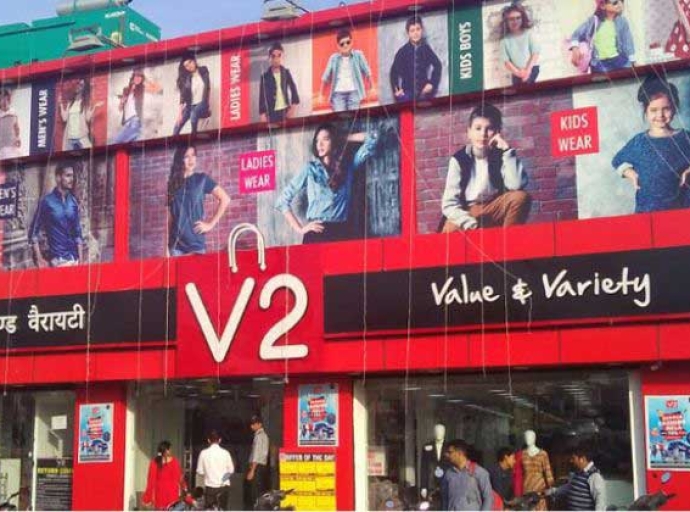19 December 2022, Mumbai
The relevance of Size and fit has increased along with the market for wearable technology, technological advancements in protective clothing, and the U.S. military's desire for more comfortable uniforms and equipment.
This is not solely a choice of fashion or aesthetics; it is an essential aspect of providing valuable solutions for clothing of all kinds and people of various shapes, sizes, and genders. The importance of the proper Size and fit for clothes has at least once resulted in the development of a new form of garment to address issues with poor Size and fit.
The playsuit was created in the 1940s as a solution to women's need to conceal poorly fitting swimsuits that had a propensity to sag when wet, according to The Swimsuit author Sarah Kennedy.
The science behind Size & fit
The first anthropometric survey to include both the United States and Canada, Size NorthAmerica from Human Solutions of North America, provides a representative study of the North American population, covering adults and children. Anthropometry is "the science that defines physical measurements of a person's size, form, and functional characteristics," according to the organization.
Although Size and form have been discussed in earlier size surveys, this technique has particular relevance since it acknowledges and has the technical means to quantify the subject's "functional capacity."
Permanent locations or a fully furnished trailer that can be driven across the country are used for the whole-body scan. There are two parts to it.
The first is iSize, a website-based body measurement and sizing analysis portal that can collect up to 100 measures from each person. There is an interview in addition to it. The second component emphasizes an anthropometric survey, bringing more precise body-related data.
The information can be used to create CAD models, 3D avatars, or actual fashion manikins. This range and benefit extend beyond clothing to areas like transportation and office layout, where it can offer information to aid increase worker productivity, comfort, and safety.
Size & fit in the sports sector
The sportswear industry has been searching for creative, affordable ways to address fit and size issues. On the one hand, having a global presence expands the product market and results in a vast range of body types.
Once the minute variations across activities are considered, complexity becomes even further. As just one example, the muscular tone of a sprinter is substantially different from that of a marathon runner or Ironman contender. Even with the benefits of technology, gathering and compiling data for various markets is expensive.
In this regard, brand diversity can be very advantageous because it allows for cross-sector innovation sharing. At Fruit of the Loom, where Brad Cooper is senior director of product innovation, they employ techniques like tension mapping.
At the same time, the body is in motion to better understand where unpleasant places in the garment are located.
Challenges
Increasing anthropometric data, improved production, and rising labor expenses work together to reduce the required materials. The NIKE Advanced Apparel Exploration (A.A.E.) 1.0 collection by NikeLab includes the NIKE A.A.E. 1.0 T-shirt.
It combines several body maps, including cling, airflow, sweat, and heat maps, using computational design to create a motion-led knit pattern. The motion maps were examined in light of how the body responds in various settings, including offices, subways, and streets, to reflect the current lifestyle and gather different body map data. The company's "design-led, data-informed" computational designers collaborated with garment designers and Flyknit engineers during the design process.
This serves as a reminder that if we want to see real improvements in how our clothes and shoes fit, technological advancements in Size and fit must involve not only the consumer but also the designer's creativity.
Latest Publications


































